
Picture this: you set down a cheese platter, everyone’s eyes land on it, but your wine bottle’s hiding—almost shy—behind the crackers. Suddenly, you’re the host faced with the eternal question: what wine should actually go with all this cheese? It seems simple enough until you realize there are a million kinds of cheese, and wine can be equally stubborn. Don’t worry. Matching wine and cheese isn’t a mysterious art reserved for velvet-robed sommeliers. With a few practical tips and a dose of curiosity, pairing wine with your cheese selection can be easy, fun, and even a tiny bit rebellious.
Why Cheese and Wine Pairing Matters
Let’s clear something up right away—wine and cheese actually don’t always get along. The magic comes from understanding what flavors bounce off each other, what tones turn down the volume, and which combos make the angels sing (yes, you’ll taste the difference). Have you ever tried a super-tangy blue cheese with an astringent red? It can clash. But pair creamy Brie with a crisp sparkling wine and suddenly the flavors snap together like puzzle pieces.
So, why does this matter? It’s simple: the right wine can lift a cheese’s best qualities. Think of cheese as a symphony—different textures, fat content, and flavor notes. The wine acts like the conductor, bringing everything into harmony or, if mischosen, causing full-scale chaos on your tongue. Scientists who study flavor chemistry—yes, that’s an actual job—have found that fat and protein from cheese can soften the tannins in wine, while acidity in certain wines can refresh your palate after every creamy bite. It’s a flavor dance.
Let’s not ignore the social side either. The right pairings spark conversation. They invite guests to experiment—maybe dipping a wedge of Manchego in both red Rioja and a glass of dry sherry to see what happens. Suddenly your cheese platter isn’t just a snack, but an instant activity. Even better, you don’t need a mountain of expensive bottles—just the right choices for the cheese you’re serving. In fact, a well-chosen $10 bottle can outshine a pricier one that’s wrong for the platter.
Understanding Your Cheese Platter
We’ve all seen cheese platters that look like the cover of a food magazine and others that look like they’ve survived a kid’s birthday party. Either way, some classic cheese choices always pop up: soft cheeses like Brie or Camembert, hard cheeses like Cheddar or Manchego, tangy goat cheese, and strong-flavored blue cheeses. Each cheese family brings its own mood, texture, and preferred drinking buddy.
Soft cheeses (think Brie, Camembert, or a gooey triple cream) often coat your mouth, inviting something bubbly or tangy to cut through. Hard cheeses like Comté, aged Cheddar, and Gruyère boast nutty, sometimes almost caramel notes and stand up well to both reds and whites. Goat cheese carries a bright acidity on its own, calling for something fresh, maybe even a citrusy white. Blue cheeses (think Roquefort or Gorgonzola) are funky, salty, and intense—they love a touch of sweetness in their wine partner. If you add extras like dried fruit, nuts, or charcuterie, that also swings the flavor balance.
Don’t just grab cheese haphazardly. Think about contrast and complementing flavors. Mixing up textures and ages on the same platter is smart—soft and hard, mild and strong, creamy and crumbly. This lets everyone find their happy place and opens up the wine pairing options. For a classic platter, go with one cheese from each style: a creamy Brie, a nutty Gruyère, a bright goat cheese, and a bold blue. For themed evenings, play favorites: all French, all Italian, or with an eye on local specialties if you want to keep things regional.
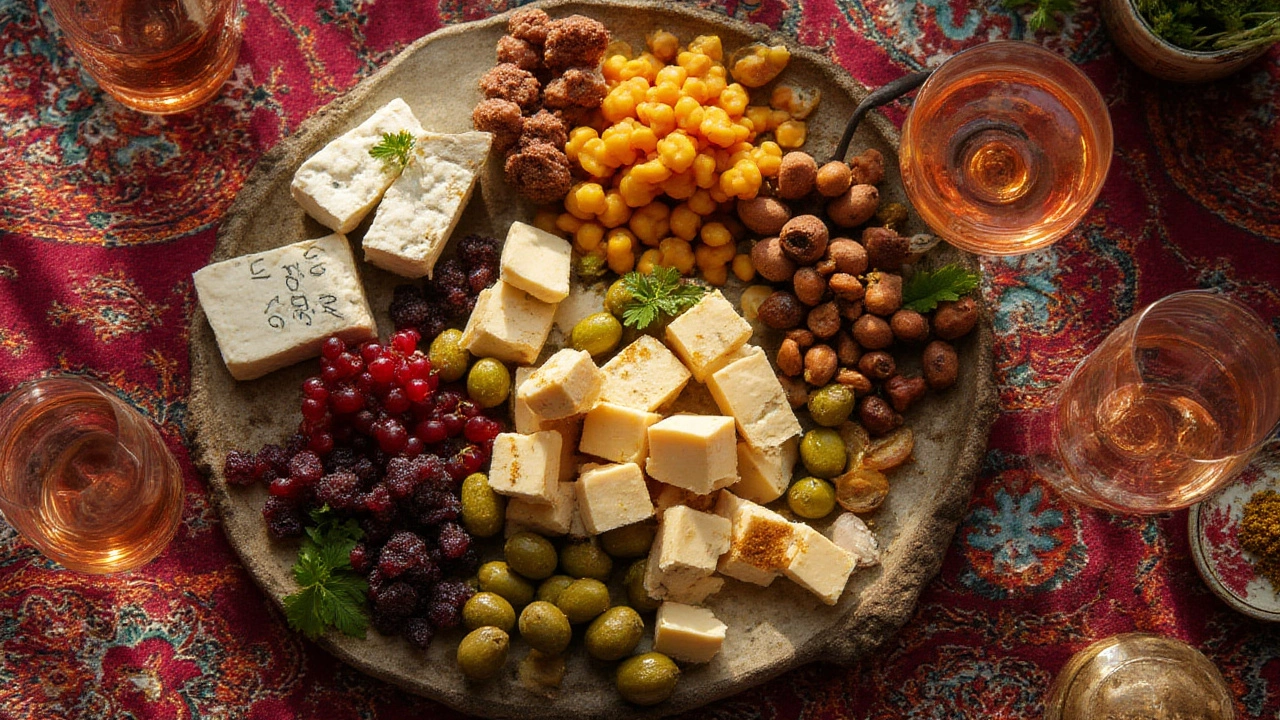
The Best Wines to Pair with Cheese
Now to the meat (or, let’s say, the rind) of the matter—what should you pour? No single wine can please every cheese on the planet, but there are some reliable matches that never miss. Let’s start with whites. Sorry, red drinkers, but whites generally play better with a bigger range of cheeses. That zippy acidity in white wine rinses your palate, keeping things bright—not bogged down.
For example, Sauvignon Blanc is famous for loving goat cheese. That tang meets the green flavors and fresh acidity, and suddenly you’re at a summer picnic in the Loire Valley. Riesling (especially off-dry) can handle blue cheese or strong washed-rind types with a bold handshake. Sparkling wines like Champagne, Cava, or even a dry Prosecco aren’t just for celebrations—they’re champagne for your tastebuds after a bite of creamy Brie or even aged Parmesan. Their bubbles are palate washes in disguise.
But let’s not leave red wine behind. Light reds like Pinot Noir or Gamay (the magic grape behind Beaujolais) match up well with earthy cheeses like Gruyère or Comté. These wines come with softer tannins, so they don’t crash against delicate cheeses. Bolder reds, like Cabernet Sauvignon, often clash with cheese—unless you find an aged hard cheese like extra-mature Cheddar that can absorb all those tannins and fight back.
If you’re serving blues (Stilton, Gorgonzola), try something sweet: Port, Sauternes, or a late-harvest Riesling. The salt in the cheese loves the sugar in the wine, and the effect is magic. Try it once, and you’ll get why classic British Christmas tables feature Stilton and Port. Fancy an unexpected hit? Try a nutty sherry (Fino or Amontillado) with hard cheeses or Manchego. These don’t get enough love but bring out new layers in crumbly, salty cheeses.
- Wine and cheese pairing tip: If in doubt, match wine and cheese from the same region. French goat cheese with French Sauvignon Blanc, Italian Taleggio with Italian Barbera. They’ve evolved together—there’s a reason these combos work.
Mixing and Matching: Creative Pairing Ideas
Rules are fun, but breaking them is sometimes even better. Don’t feel locked in: experimenting is part of the joy. Have two wines open—one red, one white—and see how they play off different cheeses. Sometimes the oddest matches (say, chilled Lambrusco with salty Pecorino) become crowd favorites. Ask everyone at your table for their best and weirdest combo. You’ll be surprised what gets the most cheers.
If you’re building a cheese board with multiple cheeses, look for a flexible wine. A dry sparkling, a medium-bodied red like Pinot Noir, or an unoaked Chardonnay are all safe bets. Not sure what your guests like? Have a few bottles open, so everyone can explore and compare. Sharing tasting notes can turn a low-key snack into a mini wine event. Want to elevate things? Source a few small-producer wines from a local shop and learn the stories behind the bottles—talking about the winemaker’s goat who inspired the label is oddly memorable over cheddar slices.
Feeling adventurous? Try orange wine with washed-rind cheeses. These wines (made with white grapes but fermented with skin contact) offer grip, funk, and just enough acidity to tango with stinky cheeses. Not everyone’s into it, but for the curious, it can be a revelation. And don’t underestimate rosé. Dry rosé is delicious for everything from semi-soft sheep cheese to aged Gouda. It’s the picnic-in-a-glass you never knew would fit so perfectly next to your cheese spread.
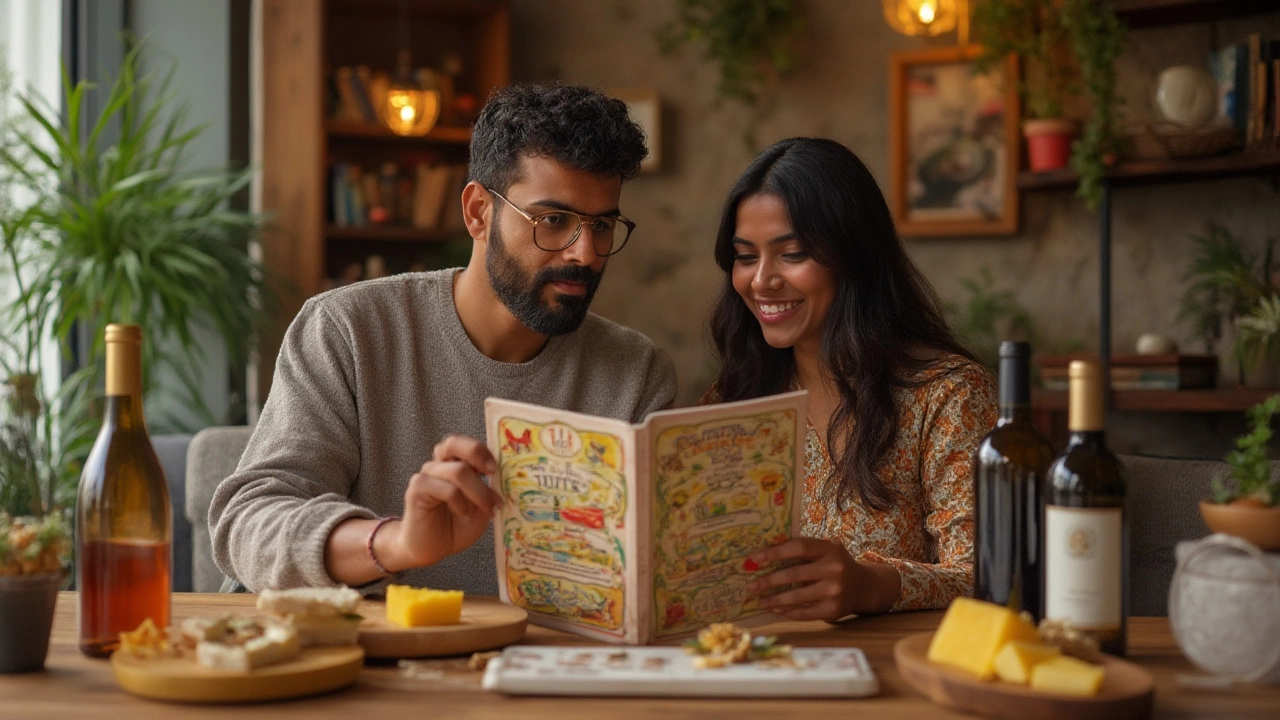
Tips for Serving and Enjoying Your Pairings
Let’s get practical—because half the trick is in how you serve things, not just what you serve. Cheese needs a little time to breathe just like wine. Take it out of the fridge about an hour before your guests arrive so it softens up and wakes up all those subtle flavors. The difference in texture and taste is mind-blowing.
Don’t crowd your cheeses. Give them space on the platter, and label each one if you want to avoid constant “what’s this again?” questions. If you’re serving bread or crackers, stick with something plain so you don’t drown out delicate flavors. Same for fruit and nuts—choose basics like apple slices, grapes, or toasted almonds. Wild-flavored crisps or rosemary nuts can actually fight with the wine, which is not the kind of excitement you want.
Glassware actually does matter. Yes, your mismatched picnic set will get the job done, but if you have proper wine glasses, use them—especially for sparkling or aromatic whites. This helps concentrate the aromas and lets guests swirl and sniff for extra points. Don’t forget water. Palate cleansers make tasting fresh again with every bite.
Pro tip: If things get too messy (and, let’s face it, triple cream cheeses love to run), have small plates and napkins handy. No one should worry about cheese streaks while they debate if Manchego is better with Rioja or Fino sherry. If you’re feeling fancy, prep some tasting cards or print simple “wine flight” labels. But really, the best cheese and wine evenings happen when people are relaxed, curious, and a bit playful with their pairings. That’s what makes the party.
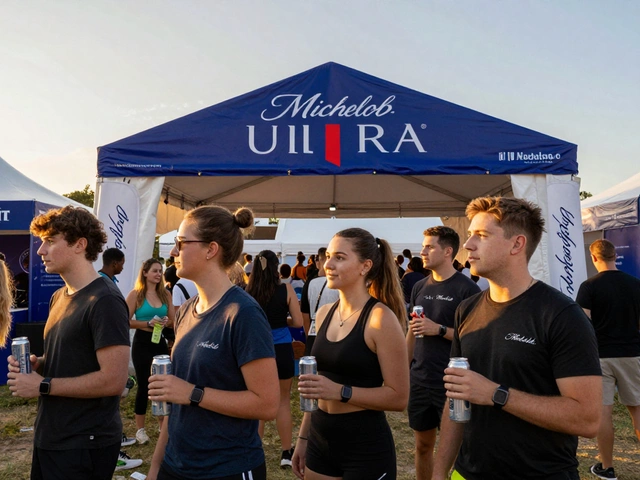
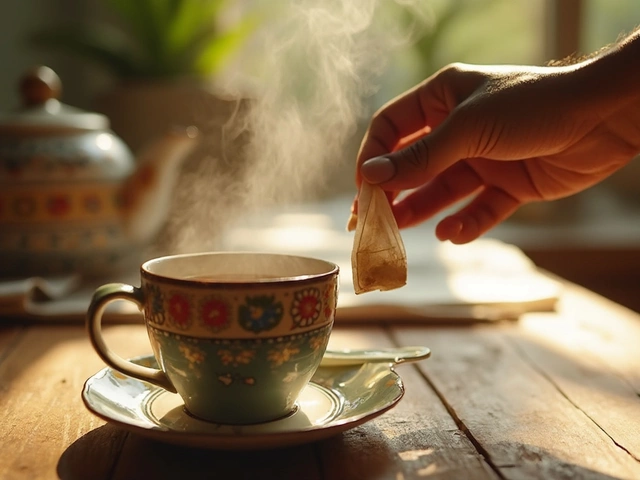


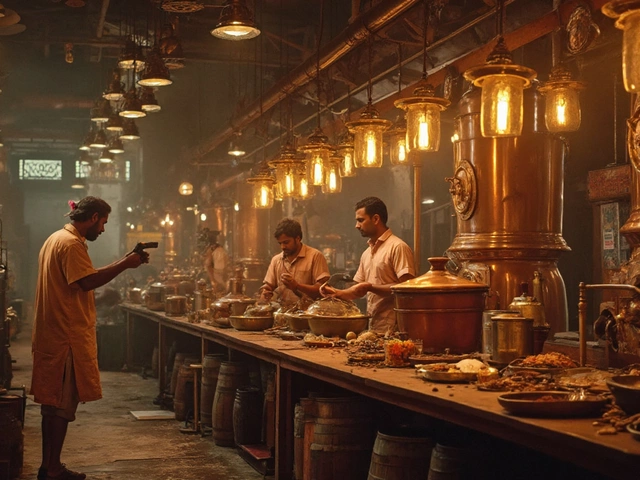
Categories